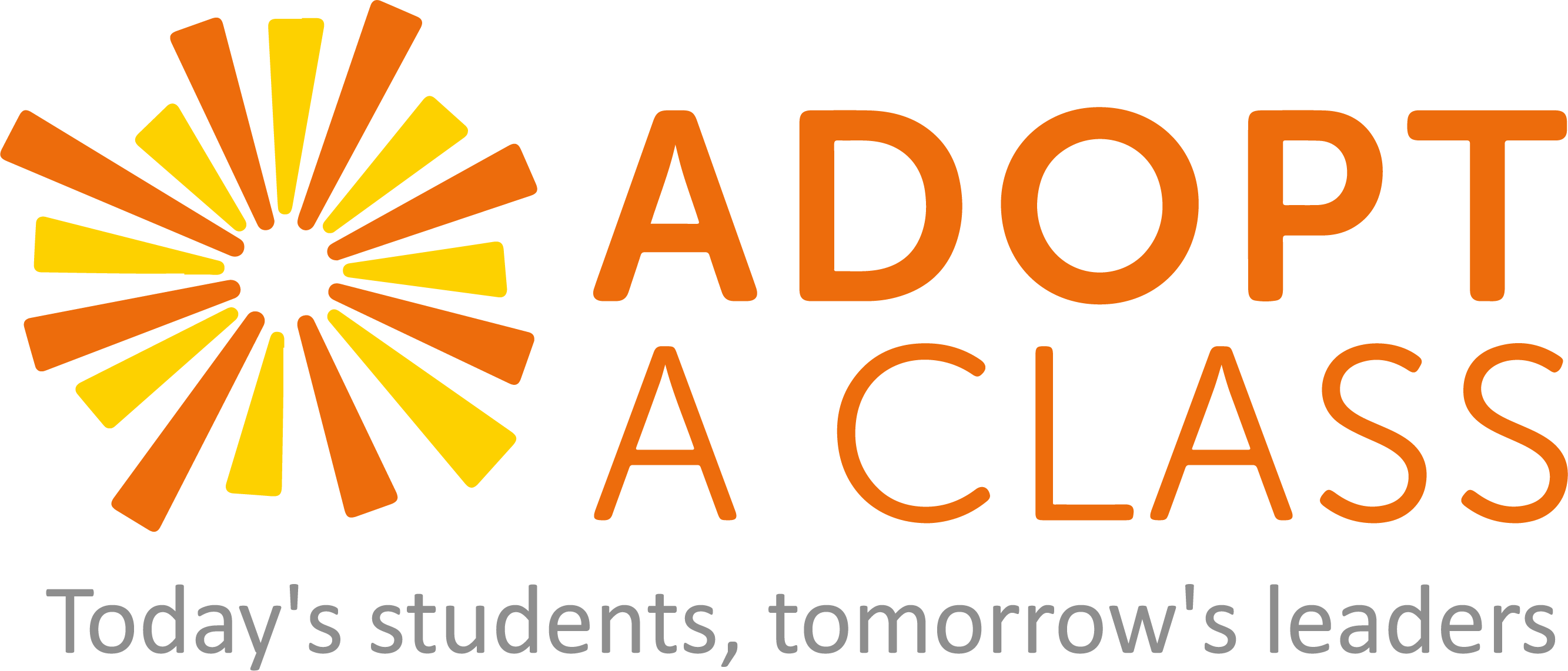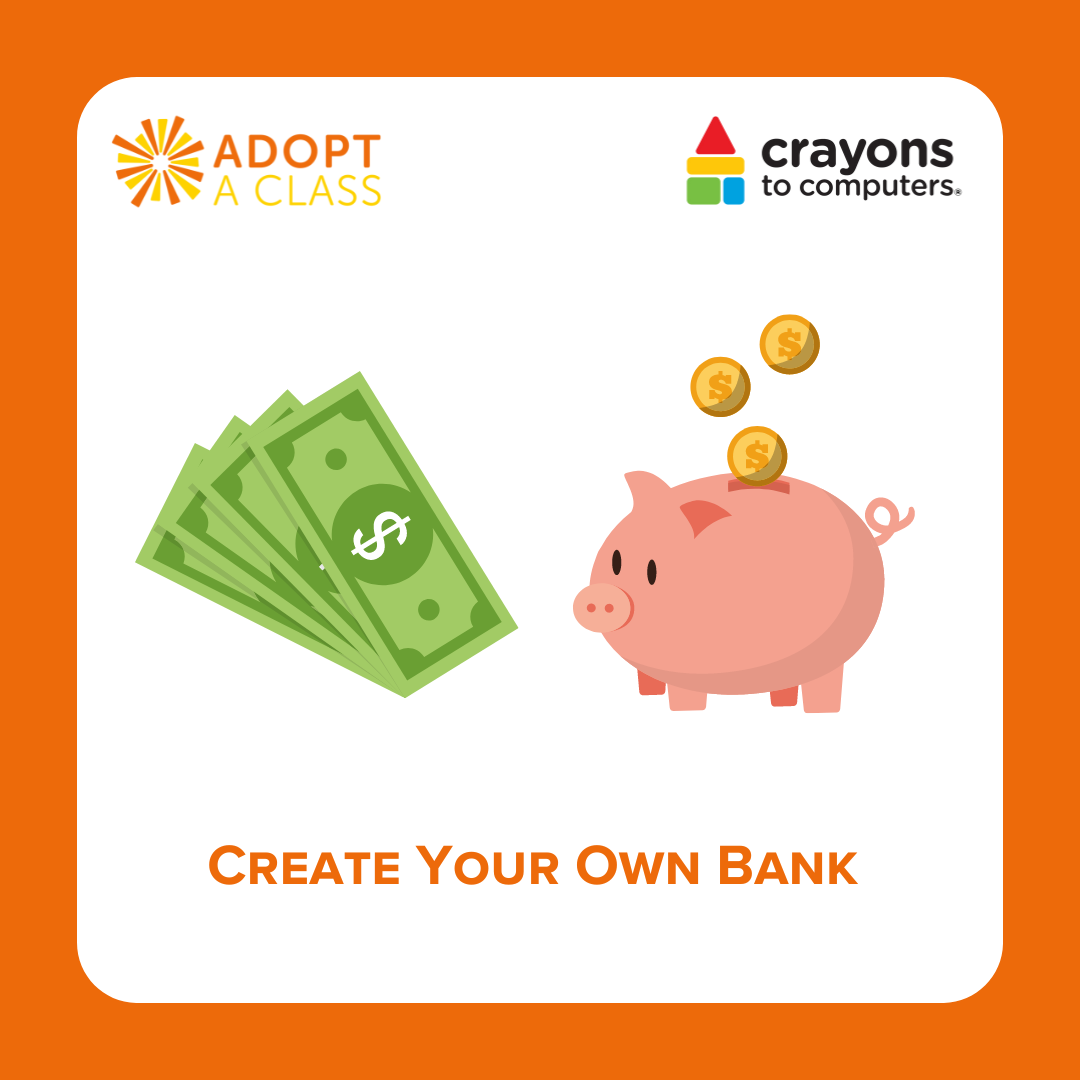Materials: The Berenstain Bears’ Dollars & Sense – Book,C2C Tennis ball containers (with slot cut in the lid), Stickers of any kind for decorating (Please do NOT use the stickers from the book.), & Printouts of the “Money Thoughts”(1 per student.)
Instructions:
1. Begin with a discussion with students about money by asking a few of the following questions:
- – What can you tell us about money?
- – What are some things you’d like to buy with money?
- – Do you know what it means to save money?
2. Share with students that you will be reading a book called The Berenstain Bears’ Dollars and Sense. Encourage students to pay attention to things Brother and Sister do with money during the story.
3. Read The Berenstain Bears’ Dollars and Sense to the students.
***NOTE: If teacher approves, you can move the students to a “group” setting (carpet, reading space).
4. Upon finishing the book, engage in a conversation with students about what it means to save money, and why it would be a useful thing to do. This would also be a great time to explain to students how money changes—in the story, the Berenstain Bears use checks to keep track of their money. Today, we typically use online banking and bank/debit cards to spend and track money. End with describing how we still use paper money and coins to pay for things; this is what they will learn to start saving today.
5. Explain to students that they will be creating their own banks to use for saving paper money and coins. [Can ask students if they already have a bank at home] At this point, split students into groups of 4-5 with at least 1 mentor at each group. Each group will need 1 tennis ball container per student and stickers to decorate with. *Optional: Mentors may provide Sharpies/permanent markers for students to draw on the containers with. Allow students about 20 minutes to decorate their banks.
6.Finish the activity by giving each student a copy of the “Money Thoughts” to put in their bank.
Tips: Your team can choose one material to take to build with, or more than one! As a small group, students can choose what they want to build with, or mentors can choose prior to the visit. Optional: Have students draw their design ideas before building to mimic preparing blueprints.



